The £8.4bn carbonates sector is forecast to grow at a slightly faster rate than the overall soft drinks market between 2000 and 2005.
The total market will be fairly subdued, showing 12% growth at current prices over this five-year period.
NPD remains a key driver in achieving penetration, which is already high, with 60% of adults drinking cola and 63% drinking other carbonates.
Cola's popularity shows no sign of abating. New introductions have included Virgin's Mini-V a caffeine and sweetener-free cola.
The fact that Coca-Cola revamped its packaging in summer 2000 shows that even the brand leaders are trying to add value to their products in the face of intense competition from supermarket own labels.
NPD for 2001 included Coca-Cola's relaunch of its Appletise carbonated apple drink, which was renamed Appletiser, and an extension of its Fanta brand Icy Lemon.
A number of organic introductions have been added to this sector over the past two years, many of which have been endorsed by The Soil Association. Own label products account for more than half the market.
Research undertaken by Coca-Cola reveals that only one in four bottles of gin, vodka or blended whisky are bought with mixers, suggesting that more could be done to encourage consumers to buy mixers when they buy spirits.
Other carbonates, including clear and flavoured drinks as well as brands such as Tango, Lilt, Irn-Bru and Vimto, which are showing steady, if unspectacular improvement, are expected to rally and reveal relatively strong growth over the next five-year period.
Flavoured water could also show strong growth, especially if it continues to be marketed as a carbonate with added health benefits.
Sales for the energy and stimulant drinks market grew by 366% between 1996 and 2000. So significant is the growth, that the £615m market is now increasing at a faster rate than the cola category. The market has been driven by people working longer hours, driving longer distances and enjoying increasingly energetic social lives.
Within the energy and stimulant drinks market, the stimulation sector has shown the most incredible sales growth, rising a staggering 5,588% between 1996 and 2000. More than 20 new products have arrived on the market during the last two years.
The growth of this sector has not been at the expense of the refreshment energy sector, however, which continues to grow slowly.
The energy drinks market is not just driven by products such as Red Bull and Lucozade Original Energy, but also by new methods of distribution, particularly vending machines, forecourts and chillers for the impulse market. Strong marketing particularly to young people has also boosted sales.
However, keener pricing in the supermarkets, the advent of multipacks and occasional buy-one-get-one-free promotions, such as that offered by Red Devil during the summer, are tempering this rise.
In 2000, the total juice sector sold an estimated volume of 1.9 billion litres, equating to value sales of almost £2bn.
Overall, in 2001, the juice market has performed positively, with brands such as Tropicana Pure Premium which has increased its penetration 18% leading the way. Sales in the sector are forecast to continue to grow steadily rather than spectacularly, by 19% between 2000 and 2004.
Adult juice drinks rose by 14% in 2001 but Sunny Delight was unable to maintain last year's phenomenal performance especially in the light of negative publicity over its high sugar and low juice content and sales plummeted. This has been largely responsible for a slump in the children's sector.
There is scope for more NPD among juice drinks, as different flavours and mixes can be put together to encourage people to try new drinks.
Children, in particular, are usually keen to try new products, while low sugar drinks appeal to parents who are concerned about the high-sugar content in their children's drink.
Among the newer juice flavours, cranberry has been particularly successful. This is partly due to its reported medicinal value in alleviating urinary infections such as cystitis, but it has also become a popular mixer, especially among the young. Cranberry juice and vodka is proving to be a popular drink.
Another category developing in the juice sector consists of chilled smooth-style drinks such as Ribena Smoothies. Smaller brands such as Pete and Johnny, the Juice Company and Innocent are also carving a niche at a premium level.
Flavoured milk and drinking yogurts aim to meet health demands for children who may not like the taste of plain milk.
Health-orientated fermented milk drinks such as Danone's Actimel and Nestlé's LC1 Go, with probiotic benefits, have grown phenomenally since 1998.
The recommendation is to drink a bottle a day, a habit that sits well with Yakult's almost medicinal packaging of seven shrink-wrapped miniature bottles.
Sales of modified flavoured milks such as Nesquik have shown value growth from 1994 onwards, although Sunny Delight's heavily promoted 1998/99 arrival was at least partly responsible for a downturn that year.
The majority of product sales are of long life products. Strawberry and chocolate are the preferred flavours and these have have roughly equal market shares.
Concern about health and the purity has led to mineral water becoming the fastest growing sector of soft drinks, with still rather than sparkling water leading the drive. Strong marketing is also a factor, with the drink two litres a day' message reinforced by several brands.
Source, branding, packaging, marketing and price all play key roles in differentiating the brands. Volvic's Touch of Fruit, launched at the start of 2000, has added fruit flavours, while Danone Activ, which arrived in January this year, has added calcium.
Format changes and bottle designs are also likely to make a difference. Perrier's first PET bottle looks set to boost sales of the brand, broadening its distribution.
Brands account for just over half of the market but own label is still growing rapidly. Price is the key.
At around 22 litres a head per year, the UK's consumption of bottled water is still only around one-sixth of some European countries and there are still 28 million non-users. There is still strong growth potential here and manufacturers are clamouring for more shelf space, particularly in the multiples.
l Commentary supplied by Mintel GNPD database.
{{P&P }}
Close menu
- Home
- Buying & Supplying
- Stores
- Channels
- Finance
- People
- Reports
- Events
- Jobs
- Subscribe now
Innovation and new product development are crucial in stimul
2001-12-15T00:00:00+00:00
Sign in to comment on this article
Not logged in before? Register for FREE guest access today.
You will be able to:
- Read more stories
- Receive daily newsletters
- Comment on stories
Advert




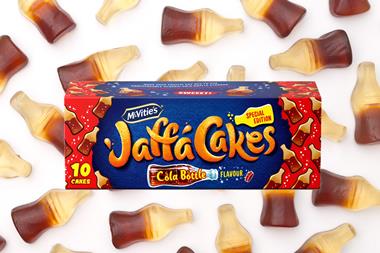
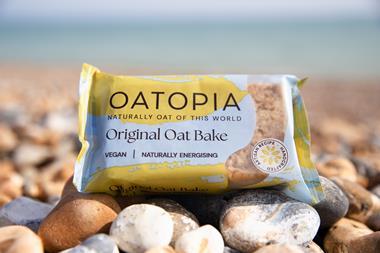
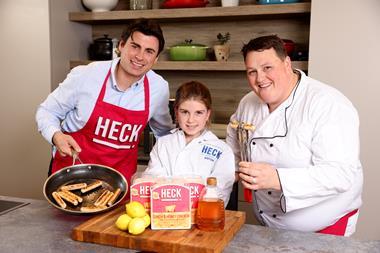
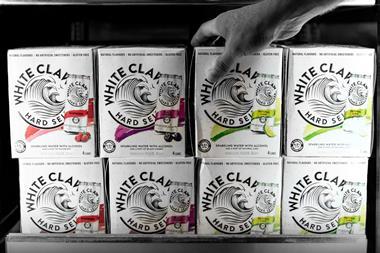
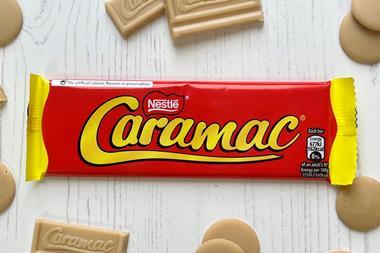
No comments yet